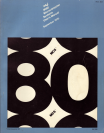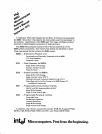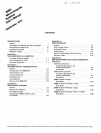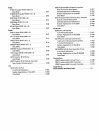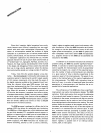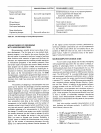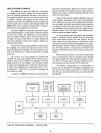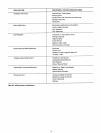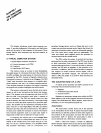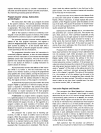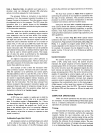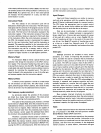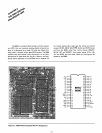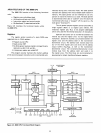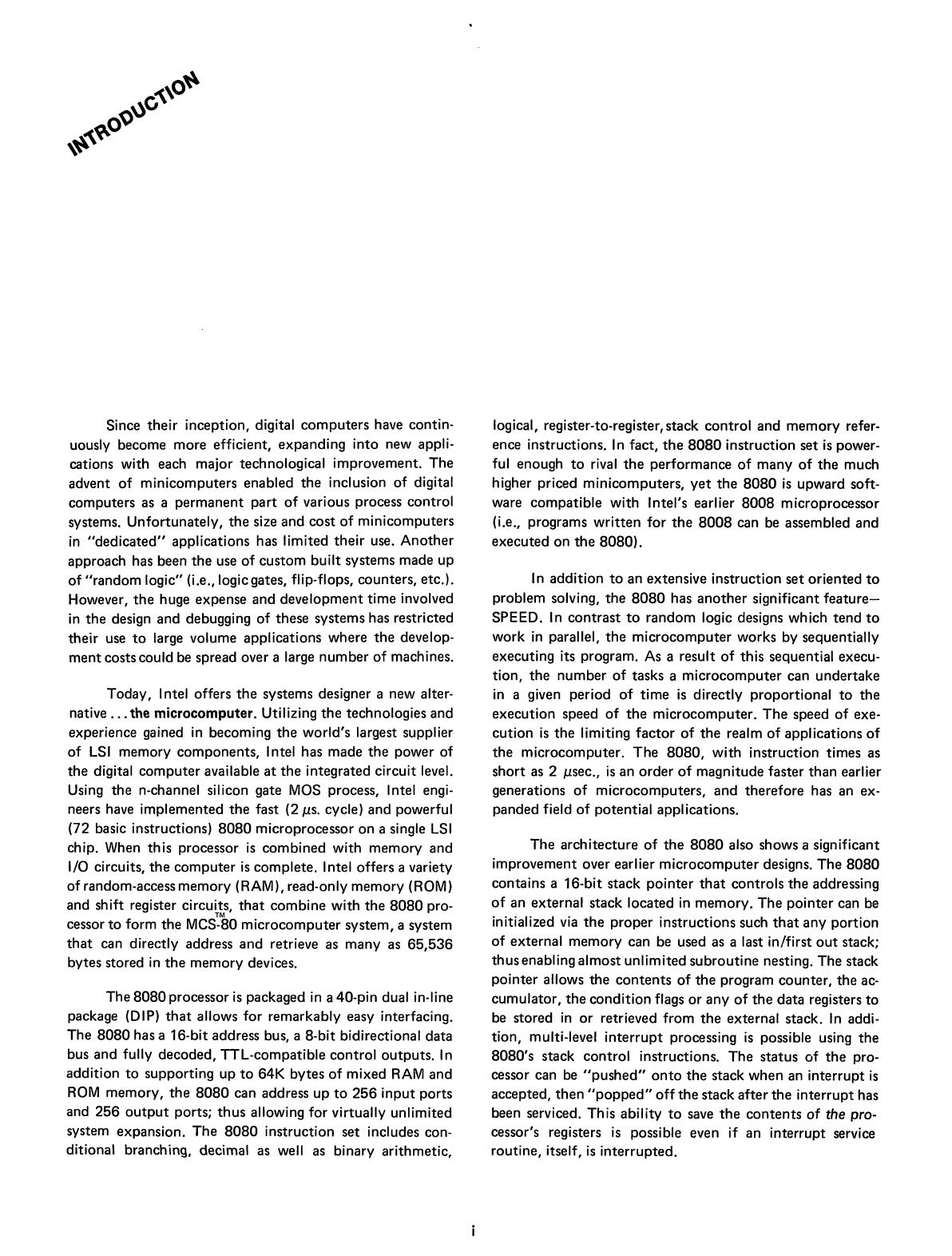
Since
their
inception, digital
computers
have contin-
uously become
more
efficient,
expanding
into
new appli-
cations with each major technological improvement.
The
advent
of
minicomputers
enabled
the
inclusion
of
digital
computers
as a
permanent
part
of
various process
control
systems.
Unfortunately,
the
size
and
cost
of
minicomputers
in
"dedicated"
applications has limited
their
use.
Another
approach has been
the
use
of
custom
built
systems made up
of
"random
logic" (i.e., logicgates, flip-flops,
counters,
etc.).
However,
the
huge expense
and
development
time
involved
in
the
design
and
debugging
of
these
systems has restricted
their
use
to
large volume applications
where
the
develop-
ment
costscould be spread over a large
number
of
machines.
Today,
Intel offers
the
systems designer a new alter-
native
...
the
microcomputer.
Utilizing
the
technologies
and
experience gained in becoming
the
world's
largest supplier
of
LSI
memory
components,
Intel has
made
the
power
of
the
digital
computer
available
at
the
integrated circuit level.
Using
the
n-channel silicon gate MOS process, Intel engi-
neers have
implemented
the
fast
(2/ls.
cycle)
and
powerful
(72 basic instructions)
8080
microprocessor
on
a single
LSI
chip. When
this
processor
is
combined
with
memory
and
I/O circuits,
the
computer
is
complete.
Intel offers a variety
of
random-access
memory
(RAM), read-only
memory
(ROM)
and
shift register
circu~ts,
that
combine
with
the
8080
pro-
cessor
to
form
the
MCS-80
microcomputer
system,
a system
that
can directly address
and
retrieve as
many
as
65,536
bytes stored
in
the
memory
devices.
The
8080
processor
is
packaged
in
a 40-pin dual in-line
package (DIP)
that
allows
for
remarkably easy interfacing.
The
8080
has a 16-bit address bus, a
8-bit
bidirectional
data
bus
and
fully
decoded,
TTL-compatible
control
outputs.
In
addition
to
supporting
up
to
64K
bytes
of
mixed
RAM
and
ROM
memory,
the
8080
can address
up
to
256
input
ports
and
256
output
ports;
thus
allowing for virtually unlimited
system expansion.
The
8080
instruction
set includes con-
ditional branching, decimal as well as binary arithmetic,
logical, register-to-register, stack
control
and
memory
refer-
ence instructions.
In
fact,
the
8080
instruction
set
is
power-
ful enough
to
rival
the
performance
of
many
of
the
much
higher priced
minicomputers,
yet
the
8080
is
upward soft-
ware
compatible
with
Intel's earlier
8008
microprocessor
(Le., programs
written
for
the
8008
can be assembled
and
executed
on
the
8080).
In
addition
to
an extensive
instruction
set
oriented
to
problem solving,
the
8080
has
another
significant
feature-
SPEED.
In
contrast
to
random
logic designs which
tend
to
work
in
parallel,
the
microcomputer
works
by sequentially
executing its program. As a result
of
this
sequential execu-
tion,
the
number
of
tasks a
microcomputer
can
undertake
in
a given period
of
time
is
directly
proportional
to
the
execution
speed
of
the
microcomputer.
The
speed
of
exe-
cution
is
the
limiting
factor
of
the
realm
of
applications
of
the
microcomputer.
The
8080,
with
instruction
times as
short
as 2 /lsec.,
is
an
order
of
magnitude
faster
than
earlier
generations
of
microcomputers,
and
therefore
has an ex-
panded field
of
potential
applications.
The
architecture
of
the
8080
also shows a significant
improvement
over earlier
microcomputer
designs.
The
8080
contains
a
16-bit
stack
pointer
that
controls
the
addressing
of
an external stack located
in
memory.
The
pointer
can be
initialized via
the
proper
instructions
such
that
any
portion
of
external
memory
can be used as a last in/first
out
stack;
thus
enabling
almost
unlimited
subroutine
nesting.
The
stack
pointer
allows
the
contents
of
the
program
counter,
the
ac-
cumulator,
the
condition
flags
or
any
of
the
data
registers
to
be stored
in
or
retrieved
from
the
external
stack.
In
addi-
tion,
multi-level
interrupt
processing
is
possible using
the
8080's
stack
control
instructions.
The
status
of
the
pro-
cessor can be
"pushed"
onto
the
stack
when
an
interrupt
is
accepted,
then
"popped"
off
the
stack
after
the
interrupt
has
been serviced.
This
ability
to
save
the
contents
of
the pro-
cessor's registers
is
possible even if an interrupt service
routine, itself,
is
interrupted.



